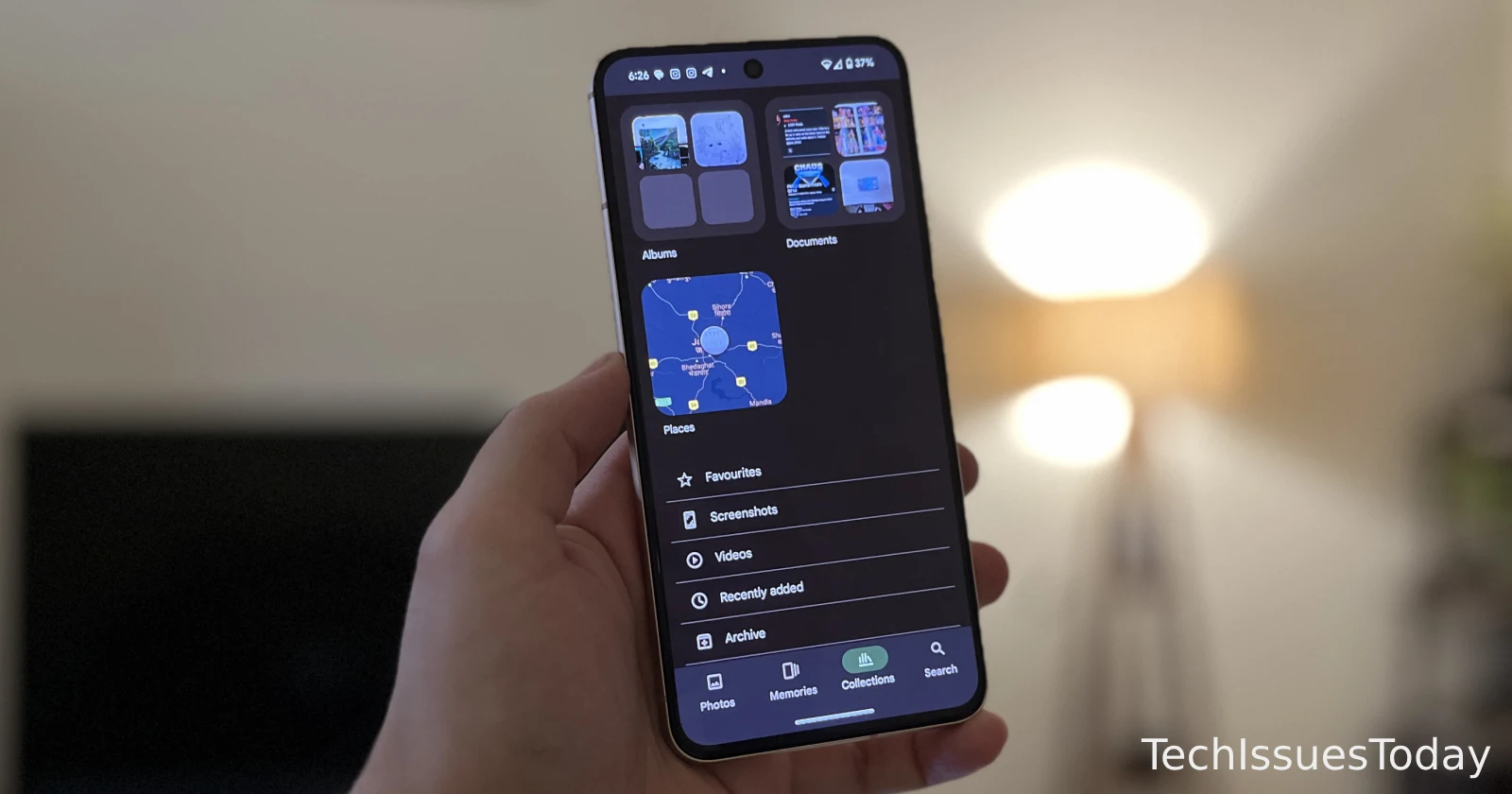For fans of Google Photos’ convenient partner-sharing feature, it’s been a rough few weeks as many noticed something was off when sharing snapshots and screenshots with their partners. Google seems to have slipped in a silent update to how partner sharing works, with a subtle change to the platform’s support page suggesting that not all photos make it across the digital divide anymore. A new “tip” now warns that photos from “other apps on Android aren’t shared with your partner account” — a line that didn’t exist as recent as last month.
This quiet shift has triggered a ripple effect among users, sparking complaints and curious hypotheses across the Google Photos subreddit. Screenshots, downloaded images, and photos from third-party camera apps are now at risk of being excluded from partner sharing. But Google’s adjustment left users wondering: how does the app distinguish between images from other apps? And what does this mean for the thousands of photos users have stored from various sources?
Until recently, partner sharing offered a relatively straightforward choice: share everything or limit sharing to photos featuring specific people. Many users saw this as a great way to ensure every captured moment was synced with a partner, family member, or even a secondary account. Now, however, images that weren’t shot with the device’s default camera are often left out, and screenshots seem to be particularly finicky. This subtle shift, tucked away in a support update rather than a splashy announcement, has created unexpected friction in what used to be a seamless experience.
This new selective sharing has led some Google Photos enthusiasts to dig deep to understand what’s going on under the hood. With some detective work, users found that metadata — the behind-the-scenes data attached to photos — might be the gatekeeper here. Screenshots carry metadata that identifies them as such, and Google Photos appears to use this information to prevent certain types of images from being partner-shared. It’s likely that Google Photos might apply similar filtering to images from downloaded sources or third-party camera apps.
To add to the frustration, Google’s choice to simply slide this update into its support documentation has left many users in the dark. The company didn’t issue any announcement or even a simple in-app notification despite the recent introduction of the Updates page meant to notify users on changes to partner sharing and other features, meaning users found out only through trial and error — and a couple of posts across Reddit.
Even those who comb through Google Photos’ updates and changes, like those monitoring issues around tools like the horizontal flip feature, which disappeared recently without notice, were caught by surprise. Google Photos has made notable tweaks in the past few months, including overhauling the Library tab to Collections and introducing a transluscent status bar. But despite these visible efforts, this selective sharing feature still went under the radar.
For Google Photos power users who rely on third-party camera apps or regularly share photos from downloads and screenshots, these changes are not just annoying — they create an incomplete archive. The decision to restrict sharing of photos from certain sources has some users considering drastic workarounds. Some have taken to complex, unsupported solutions, even rooting their phones to trick the system into believing their Camera app is a system app. But these solutions are far from accessible for the average user.
Is full partner sharing in Google Photos gone for good?
As of now, Google hasn’t provided a concrete explanation for this shift in partner sharing. Whether it’s a temporary tweak or part of a larger rethinking of Google Photos’ capabilities remains unknown. But given the company’s track record of quietly pulling features without significant user feedback — the flip tool being a recent example — it’s unclear whether Google will address these complaints or leave them in the hands of users who are determined to navigate around them.
Until Google provides clarity or reverts this restriction, partner sharing may not mean sharing it all — not quite the family album users were hoping for.
TechIssuesToday primarily focuses on publishing 'breaking' or 'exclusive' tech news. This means, we are usually the first news website on the whole Internet to highlight the topics we cover daily. So far, our stories have been picked up by many mainstream technology publications like The Verge, Macrumors, Forbes, etc. To know more, head here.


